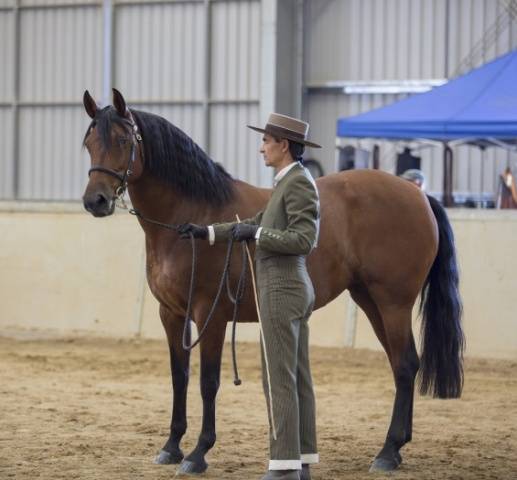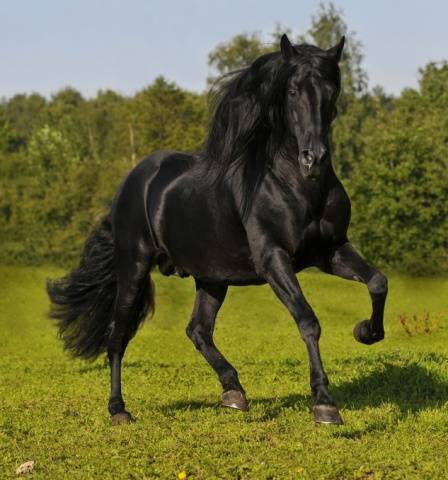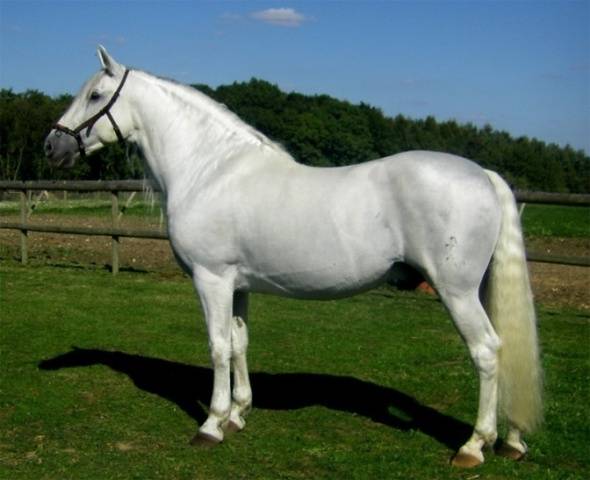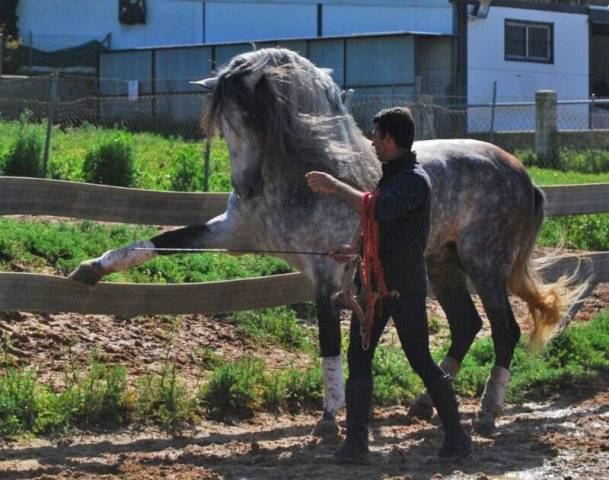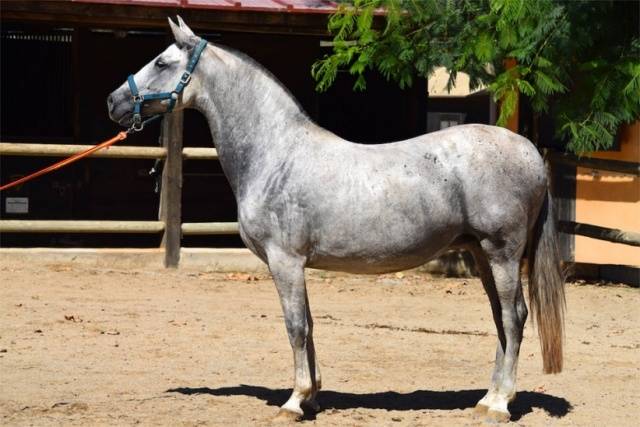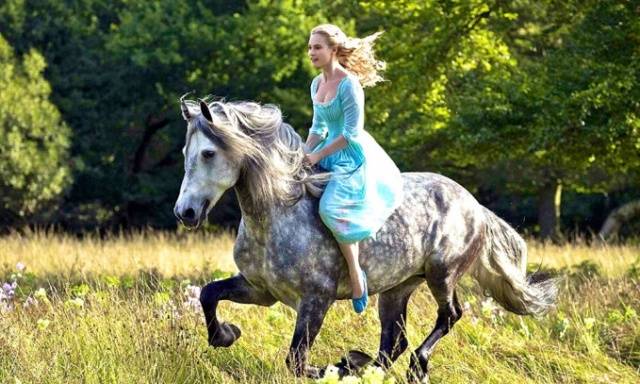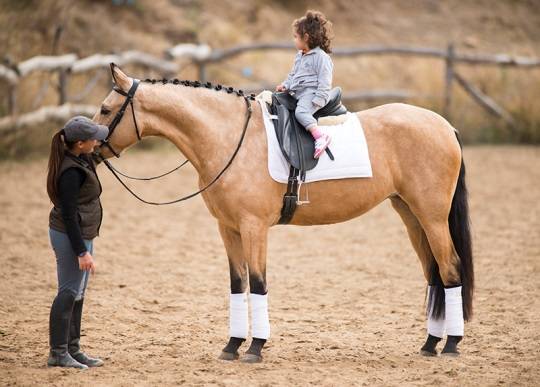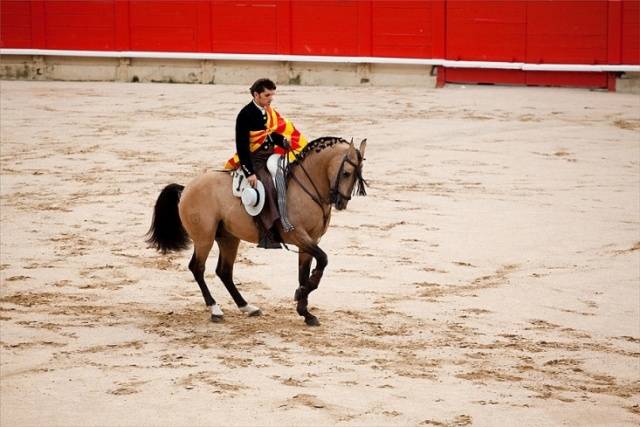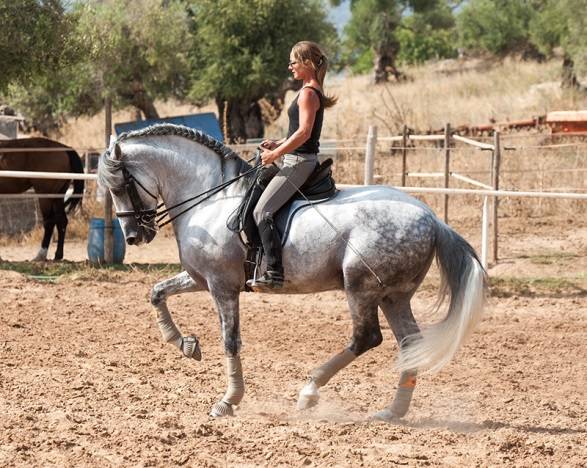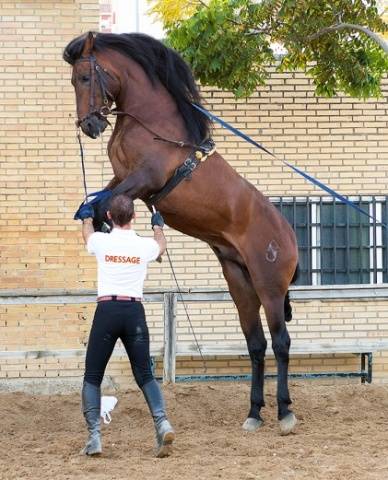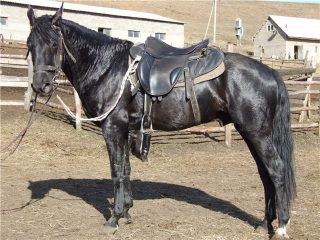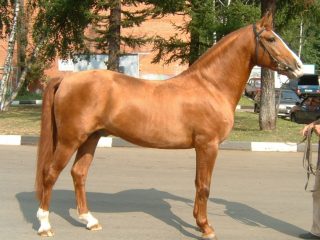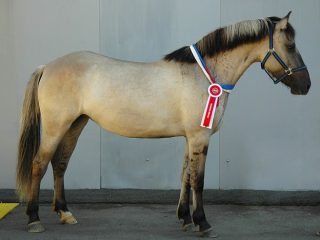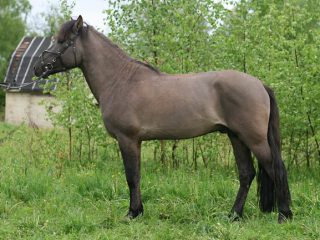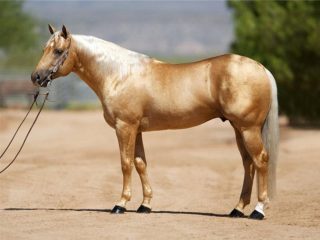Content
Today's pride of the Spaniards, the Andalusian horse has a long and rich history. Horses have existed on the Iberian Peninsula since before our era. They were very hardy and unpretentious, but small horses. The Romans, who conquered Iberia, introduced the blood of Central Asian horses into the local stock. There is an opinion that Andalusian horses also contain the blood of 2000 Numidian mares that ended up in Iberia during the aggressive campaigns of the Carthaginian general Hasdrubal. Later, during the Arab Caliphate, the formation of modern horse breeds was greatly influenced by the Barbary and Arabian horses. The influence of Berber horses is especially noticeable in the relatives of the Andalusians - the Lusitanian horses.
And it feels like they divided the breed into two, focusing on the profile of each horse: those with a more convex forehead went to the Portuguese. The Andalusians have a profile closer to the east.
Story
Officially, the Andalusian horse breed was formed in the 15th century. Quite quickly, the Andalusians earned the reputation of being an excellent war horse on the battlefields. These horses were given as gifts to kings. Or they were captured in battles as a valuable trophy.
But such fame was facilitated by her resourcefulness, sensitivity to controls and desire to cooperate with people.
All these qualities were actually developed not on the battlefields, but... while herding bulls. And with further participation in bullfighting. The need to dodge the horns of a powerful but nocturnal animal shaped the Andalusians into their current appearance and the ability to turn around “on one leg.”
Due to their valuable qualities, Andalusian horses participated in the formation of many later breeds. On both American continents there is no breed of horse that has not experienced the influence of the Andalusians. Even Quarter Horses, which are completely different from Iberian horses, inherited their “cow sense” from the Andalusian horse.
Most likely, the “Bashkir Curly” came to the North American continent from the opposite side of Eurasia and is an offspring of the Transbaikal breed of horses, among which curly individuals are found very often.
Of the European breeds, Andalusians “marked their mark” in the Lipizzans, where the Vienna Spanish School competes today. They influenced the Kladrub draft breed. Perhaps Andalusian blood flows in Friesian horses.
Carthusian line
The history of the Andalusian horse was not always rosy. During protracted wars, the breed's numbers declined. One of these reductions occurred in the first third of the 18th century.It is believed that then the Carthusian monks preserved the breeding core of the breed, and the Andalusians of the Carthusian line are today considered the most “purest” of the entire “Pureblood Spanish breed”. Breeders prefer to breed “Carthusian” Andalusians, although the description of the Andalusian horse is no different from the description of the Carthusian. The photographs and appearance “live” are also completely identical. Even with genetic research, they did not find any differences between the Andalusians and the Carthusians. But buyers pay much more for the “Carthusian” pedigree of the horse.
No one, including the Spaniards themselves, can confidently say whether the photo shows an Andalusian or a Carthusian horse. Theoretically, this should be the Carthusian line.
Decline of the breed
Before the widespread use of handguns, the fighting qualities of the Andalusian horse could not be surpassed by any other breed. The ability to handle complex elements, sensitivity, agility and skill have more than once saved the lives of the riders of these magnificent animals. But with the advent of light weapons, with which it was possible to shoot in formation, cavalry tactics changed. Even today, the Andalusian horse has a too small step and, as a result, a relatively low speed of movement. They began to demand from the cavalry to have time to gallop to the enemy’s ranks while he was reloading his guns.
And the Andalusian horse was forced out of the army by the faster Thoroughbred horse. Thoroughbred horsemen were no longer required to be able to climb onto a candle at full gallop or spin in a pirouette. The development of hippodromes also contributed to the extinction of the Andalusian breed.
The Spanish horse breeding industry was in decline until the mid-20th century, when interest in the old school of dressage with complex elements above ground fueled the demand for the so-called Baroque breeds, most of which are Iberian horses. It was then that the “division of inheritance” took place between Portugal and Spain.
As a result of the increased demand for Andalusian horses, their number began to grow rapidly and today there are already more than 185 thousand Andalusians registered in the Stud Book in the world. In Spain, the PRE Association (Pura Raza Española) has been created, which includes breeders not only of Andalusian horses, but also owners of Alter Real, Lusitano, Reninsular, Zapatero. In addition to these breeds, in Spain there are also island Iberian breeds related to the Andalusian ones.
Description
Andalusians are horses with a tightly built, compact body. The head is of medium length with a straight or slightly convex profile. “Ram” and “pike” profiles are defects of the breed and such animals are discarded from breeding. The neck is of medium length, wide and powerful. A distinctive feature that the Andalusians have passed on to other breeds is the high, almost vertical neck extension. Because of this appearance, the withers merge with the upper line of the neck and appear absent.
The back and loin are short and wide. The croup is powerful, well rounded. Legs are thin, dry, without a tendency to tendon injuries. The disadvantage is the small joints. There is no growth on the legs. The hooves are small and very strong. The mane and tail are the pride of Andalusian horses and their owners. They are specially grown very long, since the outer hair of the Andalusian breed is lush and silky.
The average height of the “original” Andalusian stallions is 156 cm. Weight is 512 kg.Andalusian mares have an average height of 154 cm and a weight of 412 kg. To advance into modern sports, in particular dressage, the height of Andalusian horses was “raised” to 166 cm. The Spanish Association established a minimum height limit for stallions of 152 cm, for mares 150 cm. But the latest figures relate only to registration in the Stud Book. Such Andalusians are not suitable for breeding. For breeding use, the stallion must be at least 155 cm, the mare must be at least 153 cm.
"Features" of the Carthusians
There is an unconfirmed belief that the Carthusian line has two features that can help distinguish the Carthusian from all other Andalusians: "warts" under the tail and "horns" on the skull. According to legend, this feature was passed on to the Carthusians by the ancestor of the Eslavo line.
The “warts” are most likely melanosarcoma, to which many gray horses are predisposed.
“Horns” are found not only among Carthusians, but also among breeds that are not related to the Andalusians at all. This is a feature of the structure of the skull. Perhaps an archaism inherited by modern horses from their ancestor, who was not yet a horse at all.
So it is unlikely that these two signs can serve as confirmation of the “purity” of the Carthusian.
Andalusians are predominantly gray, but any other solid color can be found.
Character
For all their outward fervor, Andalusians are animals that are completely subservient to humans. This is not surprising, given that the Spaniards harshly reject horses with a character that does not suit the owner.
The passion for riding stallions and the reluctance to kill themselves force breeders to conduct a strict selection for goodness. And it is not only selection that contributes to the obedience of the Andalusians. Dressage of these horses is often carried out on a serette - a hard harness with sharp spikes pointing inward. Russian buyers of gray Andalusians from Spain note that all horses have signs of serious damage on the snoring. But such training firmly puts the axiom into the horse’s head: “man is always right.” As you can see in the photo of this Andalusian horse, even a child is always right.
Application
Today, Andalusians are actively promoted into modern sport, but traditional Spanish dressage is no less actively promoted.
Andalusians are used for bullfighting.
And just for riding for fun.
A fairly large number of Andalusian horses have already been brought to Russia. But in the Russian Federation, Andalusians are mainly engaged in amateur “classical” dressage, which, just in case, is not shown to anyone.
Reviews
Conclusion
The Andalusian horse, given its docile nature, could be an ideal option for novice riders, but the hot temperament of these horses will certainly frighten the beginner. A beginner will not be able to guess that a horse dancing on the spot and snoring is actually sensitively listening to its rider.
